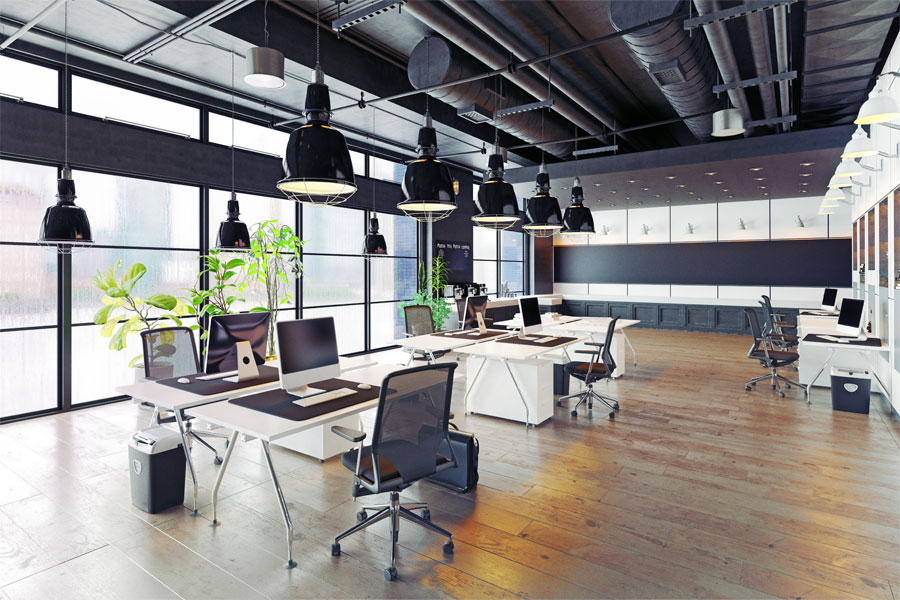Commercial interior design is essential for any business that wants to create a functional and aesthetically pleasing environment for its employees, clients, and customers. However, setting a budget for commercial interior design can be a challenging task. It requires careful space planning and consideration of various factors, such as the scope of the project, the materials and furnishings required, and the overall design concept. In this article, we will provide some practical tips on how to set your commercial interior design budget.
Determine the scope of your project
The first step in setting your commercial interior design budget is to determine the scope of your project. This includes identifying the areas that need to be renovated or redesigned, the timeline for completion, and any specific design requirements. For example, if you are planning to redesign your office space, you need to consider the number of employees who will be working in the space, the type of work that will be done, and the overall design concept that you want to achieve.
Consider the cost of materials and furnishings
The cost of materials and furnishings is a significant factor in determining your commercial interior design budget. You need to consider the type of materials and furnishings required for your project and their associated costs. For example, if you want to use high-end finishes like marble or custom-made furniture, the cost will be higher than if you use standard materials and furnishings.
Determine the level of customization required
Customization is an essential aspect of commercial interior design, as it helps to create a unique and personalized space. However, customization also comes with a higher price tag. You need to determine the level of customization required for your project and its associated costs. For example, if you want to create custom wall art or bespoke furniture pieces, the cost will be higher than if you use off-the-shelf options.
Set realistic expectations
Setting realistic expectations is crucial when setting your commercial interior design budget. You need to be honest with yourself about what you can afford and what you cannot. It is essential to set a realistic budget that takes into account the cost of materials and furnishings, labor costs, and any unexpected expenses that may arise during the project.
Get multiple quotes
Getting multiple quotes from different interior design firms is an excellent way to compare prices and find the best value for your money. You should always ask for detailed quotes that include a breakdown of the costs, including materials, labor, and any other expenses.
Consider the long-term benefits
While it may be tempting to cut costs by choosing cheaper materials or furnishings, it is essential to consider the long-term benefits of investing in high-quality design elements. For example, using durable materials like hardwood flooring or stone countertops may be more expensive upfront, but they will last longer and require less maintenance in the long run, saving you money in the long term.
Prioritize your spending
Prioritizing your spending is another way to ensure that you stay within your commercial interior design budget. You need to determine which elements of your project are most important and allocate your budget accordingly. For example, if you want to create a stunning reception area for your clients, you may need to allocate more of your budget to this area and make cuts elsewhere.
Plan for unexpected expenses
No matter how well you plan, unexpected expenses can always arise during a commercial interior design project. It is essential to budget for these expenses and have a contingency plan in place. You should always have some extra money set aside for unexpected expenses or changes to the project scope.
In conclusion
Setting a commercial interior design budget requires careful planning and consideration of various factors, whether you hire a commercial interior design company or an interior designing professional By determining the scope of your project, considering the cost of materials and furnishings, setting realistic expectations, getting multiple quotes, prioritizing your spending, and planning for unexpected expenses, you can create a budget that works





